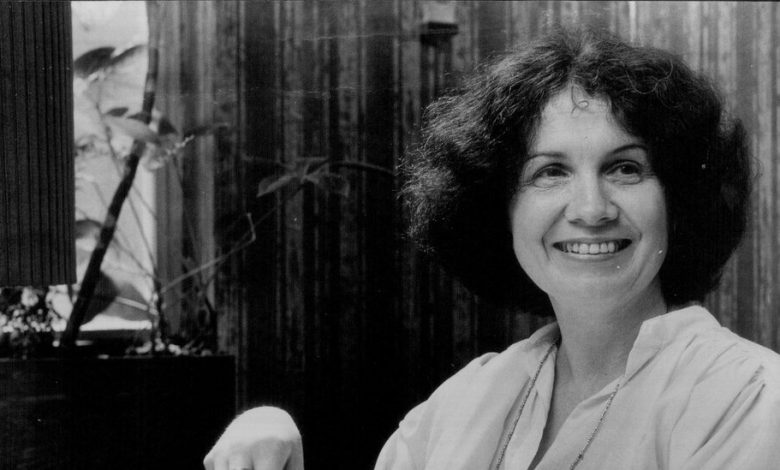Alice Munro, a Literary Alchemist Who Made Great Fiction From Humble Lives

The first story in her first book evoked her father’s life. The last story in her last book evoked her mother’s death. In between, across 14 collections and more than 40 years, Alice Munro showed us in one dazzling short story after another that the humble facts of a single person’s experience, subjected to the alchemy of language and imagination and psychological insight, could provide the raw material for great literature.
And not just any person, but a girl from the sticks. It mattered that Munro, who died on Monday night at the age of 92, hailed from rural southwestern Ontario, since so many of her stories, set in small towns on or around Lake Huron, were marked by the ambitions of a bright girl eager to leave, upon whom nothing is lost. There was the narrator of “Boys and Girls,” who tells herself bedtime stories about a world “that presented opportunities for courage, boldness and self-sacrifice, as mine never did.” There was Rose, from “The Beggar Maid,” who wins a college scholarship and leaves her working-class family behind. And there was Del Jordan, from “Lives of Girls and Women” — Munro’s second book, and the closest thing she ever wrote to a novel — who casts a jaundiced eye on her town’s provincial customs as she takes the first fateful steps toward becoming a writer.
Does it seem reductive or limiting to derive a kind of artist’s statement from the title of that early book? It shouldn’t. Munro was hardly a doctrinaire feminist, but with implacable authority and command she demonstrated throughout her career that the lives of girls and women were as rich, as tumultuous, as dramatic and as important as the lives of men and boys. Her plots were rife with incident: the threatened suicide in the barn, the actual murder at the lake, the ambivalent sexual encounter, the power dynamics of desire. For a writer whose book titles gestured repeatedly at love (“The Progress of Love,” “The Love of a Good Woman,” “Hateship, Friendship, Courtship, Loveship, Marriage”), her narratives recoiled from sentimentality. Tucked into the stately columns of The New Yorker, where she was a steady presence for decades, they were far likelier to depict the disruptions and snowballing consequences of petty grudges, careless cruelties and base impulses: the gossip that mattered.
Munro’s stories traveled not as the crow flies but as the mind does. You got the feeling that, if the GPS ever offered her a shorter route, she would decline. Capable of dizzying swerves in a line or a line break, her stories often spanned decades with intimacy and sweep; that’s partly what critics meant when they wrote of the novelistic scope she brought to short fiction.
Her sentences rarely strutted or flaunted or declared themselves; but they also never clanked or stumbled — she was an exacting and precise stylist rather than a showy one, who wrote with steely control and applied her ambitions not to language but to theme and structure. (This was a conscious choice on her part: “In my earlier days I was prone to a lot of flowery prose,” she told an interviewer when she won the Nobel Prize in 2013. “I gradually learned to take a lot of that out.”) In the middle of her career her stories started to grow roomier and more contemplative, even essayistic; they could feel aimless until you approached the final pages and recognized with a jolt that they had in fact been constructed all along as intricately and deviously as a Sudoku puzzle, every piece falling neatly into place.